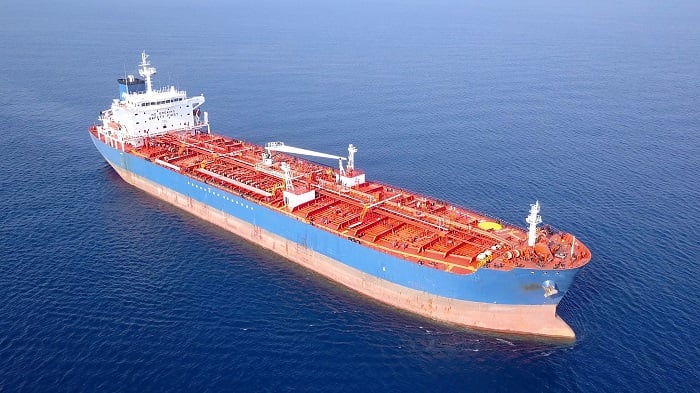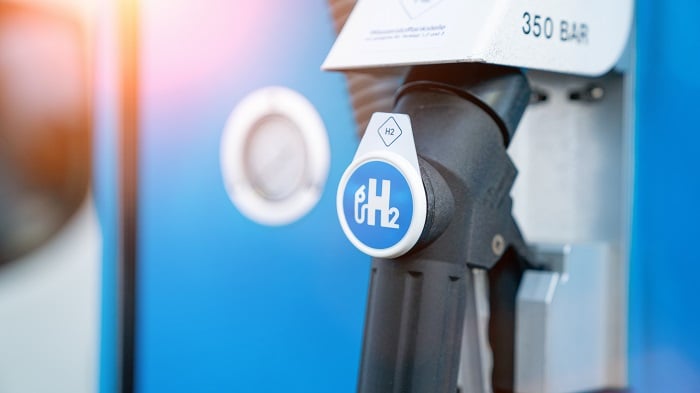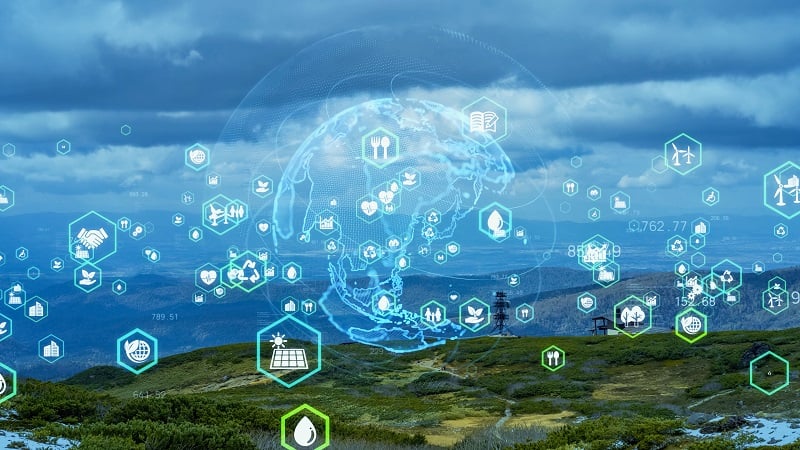ICS Leadership Insights Live: The 4th Propulsion Revolution – Commitment and Challenge round-up
With pivotal climate discussions at COP26 less than a month away, industry experts from shipping and the energy sector came together at the latest ICS Leadership Insights series to discuss the commitments and challenges that will be needed to decarbonise shipping.
Guy Platten, ICS Secretary General and moderator of the event on 20 October, opened proceedings by noting that shipping has not only acknowledged the urgency to decarbonise but has laid out the ‘what’ and the ‘how’ in a recent submission to the IMO that calls for more ambitious climate targets to deliver net-zero carbon emissions by 2050.
Pathway to decarbonisation
However, the path to decarbonisation will require commitments and poses sizeable challenges to overcome. Roland Roesch, Deputy Director, Innovation and Technology Centre, International Renewable Energy Agency (IRENA), laid out facts from IRENA’s report, A Pathway to Decarbonise the Shipping Sector by 2050, which states that if shipping can switch to use 70% renewable fuels by 2050 it would enable CO2 emission cuts of 80% (in comparison to 2018 levels).
To reach this goal, Roesch said renewable fuels would overall account for 60% of the decarbonisation pathway, 20% from improvement to vessels’ energy efficiency, 17% would come from ‘sectoral activity changes’ and 3% from the use of advanced biofuels.
When looking where changes in the sector could have the most impact, Roesch pointed to the fact that 20% of the global fleet is made up of “large and very large vessels that are responsible for around 85% of the industry’s net global greenhouse emissions”.
“Moving to net zero requires a 100% renewable energy mix by 2050,” Roesch stressed. “To achieve this more ambitious goal, taking early action is critical.”
This will require affordable lines of credit, the introduction of incentives to invest in renewable fuels and produce them on a much larger scale, and vitally, research and development, said Roesch.
Guy Platten, International Chamber of Shipping’s Secretary General, pointed to the shipping industry’s recent submission to the IMO to achieve zero carbon emissions by 2050. The submission was part of a suite of proposals that included a compulsory R&D fund to develop zero-carbon technologies, the development of a global carbon levy for shipping to expedite the behavioural transition to more-expensive zero-carbon fuels, and a review of the basic training requirements for seafarers so they can safely handle these more volatile fuels. “If adopted by governments at the IMO, we believe these initiatives can lead to regulation that will swiftly move the shipping sector to a zero-carbon future,” he said.
What was clear from the speakers at the event is that shipping will not achieve decarbonisation alone. “There is a need for stronger policies [from national governments], more cooperation and agreements on how to use available potentials fuels” said Roesch.
He noted that shipping will need to cooperate with other industries, such as chemical and steel, who will all by vying for the same zero emission fuels. IRENA is keen to help this process; the governmental organisation represents the energy planning of 196 countries.
Scaling up
Christopher J. Wiernicki, Chairman, President & CEO, American Bureau of Shipping, agreed that the decarbonisation of shipping will have to be a “team sport”. This will require incentivising early movers and “creating a framework for carbon neutral fuels”. “Quite frankly, it’s going to require essentially a new level of public, private partnerships,” he said. “It will require governments to step up and step in.”
Wiernicki stressed that ports and bunkering infrastructure will be “vital” in supporting this fuel transition.
“This is not going to be a combustion cycle solution,” said Wiernicki. “It’s going to be a solution that really takes us outside of the ship from the well to the wake. Just securing the required quantities of zero carbon fuels to power industry transition is going to require scaling up the global renewable energy source by somewhere around a factor of 10.”
Short, mid and long-term

Shipowners will need a “short game, mid-game and long game” to ensure their vessels will meet decarbonisation requirements over the next few decades, said Wiernicki. Future proofing will be essential. In the short-term, he said that an estimated 25,000 ships will need to explore “improvement options” to comply with environmental regulations.
Lois K. Zabrocky, President, CEO and Director of International Seaways Inc., one of the largest tanker companies in the world, detailed how she is preparing for this transformation.
“There are around 850 VLCCs [Very Large Crude Carrier] in the world and one of the critical pieces is that every vessel operating today will need to incrementally increase efficiency constantly. Every microbubble technology, hull coatings, slow speeding, whatever it takes,” she said.
Bridging fuels and engines with the ability to use dual or tri-fuels will all have to be considered, speakers agreed.
For the mid-term, Zabrocky outlined that International Seaways has partnered with Shell to build dual fuel VLCCs due in 2023 that have the ability to burn LNG or conventional fuels. “These VLCCs will be 40% more efficient than 20-year-old vessel’s and 10% more than brand new vessels that run on conventional fuel,” she said.
To achieve long-term goals, Zabrocky was clear what is needed: “Governments will have to step in. Creating green ammonia is not a ship problem, it is a land problem. We need the benefits of infrastructure to help the industry if we are to move forward.”
Incentivising change
Zabrocky also reiterated the need for R&D and incentivising to close the price gap between green and conventional fuels to create certainty for investment decisions.
“We need practicalities of fuel availability, and it has to be scalable and economic. Today, if you have a VLCC consuming 40 tonnes of natural gas your bunker bill would be $24,000 per day. Using LNG, this would be $52,00 per day,” she said.
A lack of clarity is causing owners to hold back on investment decisions, Zabrocky noted. “We are under-invested at the moment in conventional fuels,” she said. “Everyone has pulled back in investing in CapEx and oil and gas because we need to decarbonise, but in the meantime, what is available today for someone to build a ship?”
Future fuel mix

In IRENA’s decarbonisation pathway report, Roesch said that in the short-term owners must look to make as many energy efficiencies as possible, adding that bio fuels may also play a key role.
In the medium and long term “green hydrogen fuels and derivatives are important,” he said. “By 2050 shipping will require 46 million tonnes of green hydrogen – this would be a part of 640 million tonnes needed globally to achieve the 1.5 degree scenario.”
Roesch noted shipping will need 46 million tonnes of green hydrogen, of which 73% will be needed for the production of e-ammonia, 17% for e-methanol and 10% will be used as liquid hydrogen. E-ammonia will be “the backbone” for the decarbonisation of shipping, he said, but 183 million tonnes of renewable tonnes of renewable ammonia will be needed, which is already comparable to today’s global ammonia production.
Acknowledging concerns over the price of renewable energy, Roesch stressed that prices continue to fall, as well as that of and electrolysers and hydrogen storage, and green hydrogen-based fuels will become more competitive. The development of ammonia engines by 2023 “will also have a positive impact on the sector” and create an attractive market for renewable ammonia producers, he added.
People first
Wiernicki’s final remarks focused on one key area shipping must not forget when travelling along the decarbonisation path: people. “When we talk about safety we talk a lot about technology, but that has no common sense, it is people. Let’s not forget about the people in this process … and what does that next generation talent look like in this new world of dynamic fuels and greater links into ship and port.”
